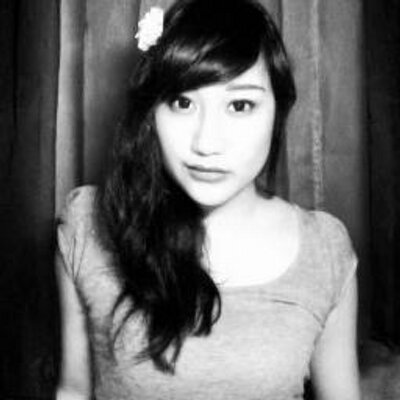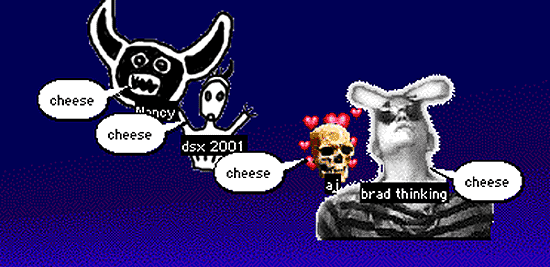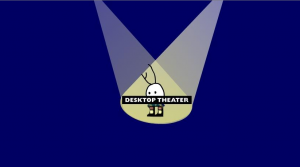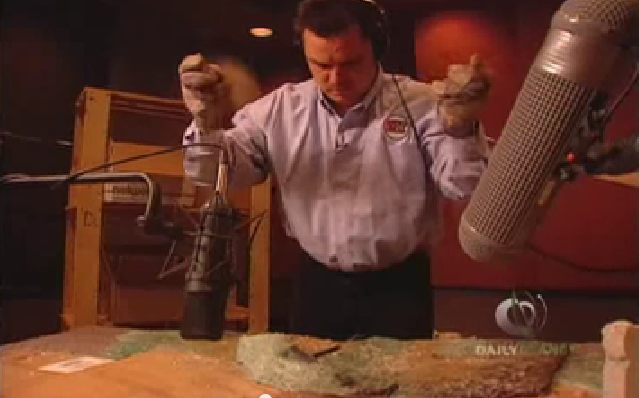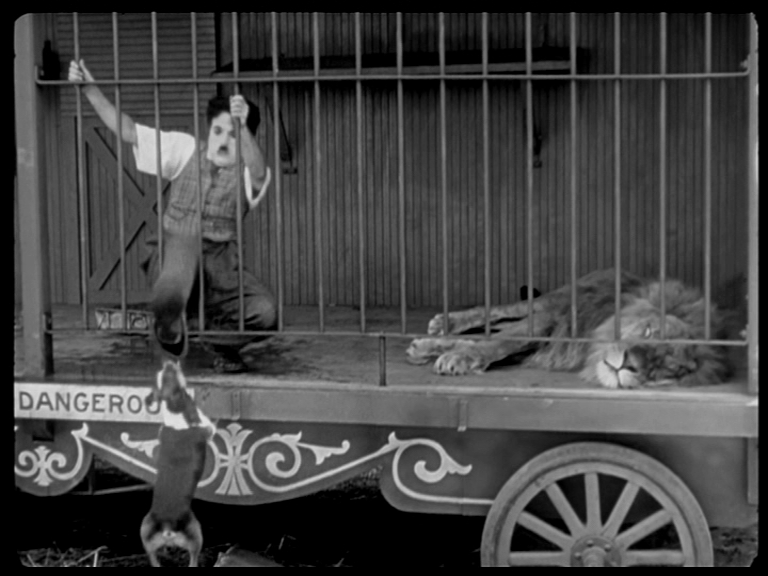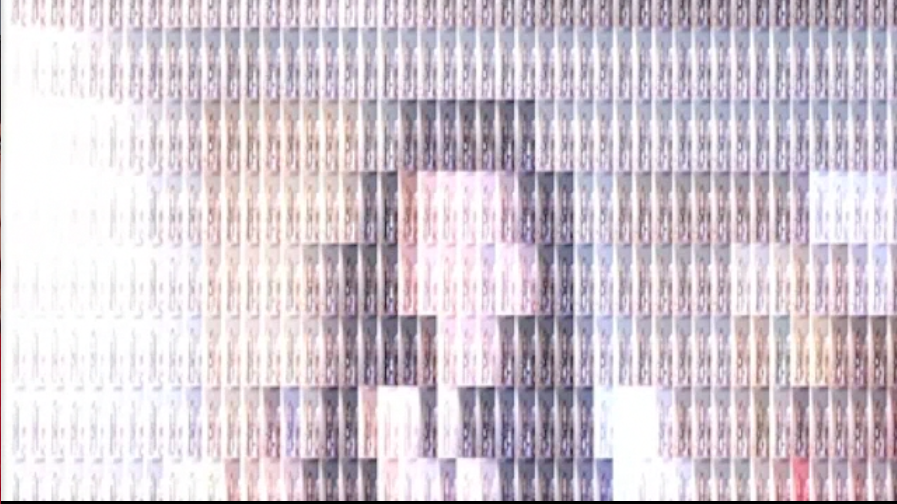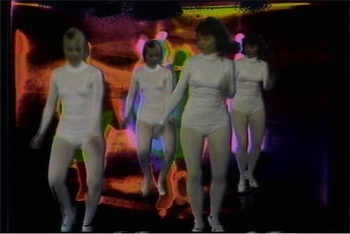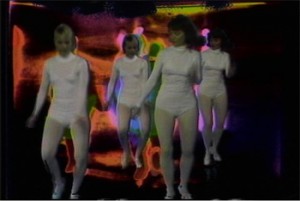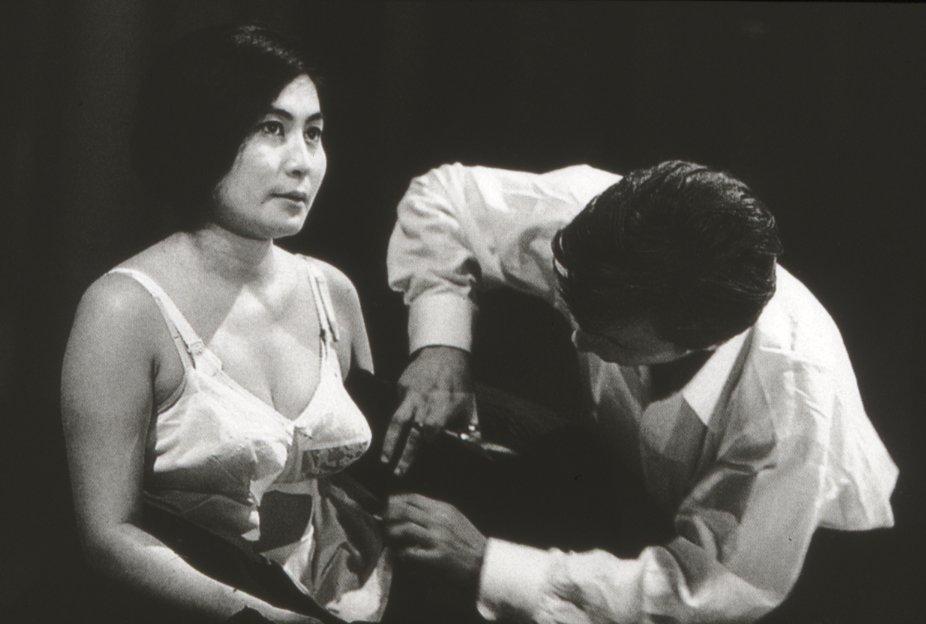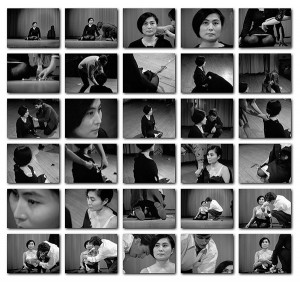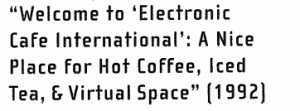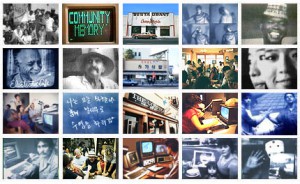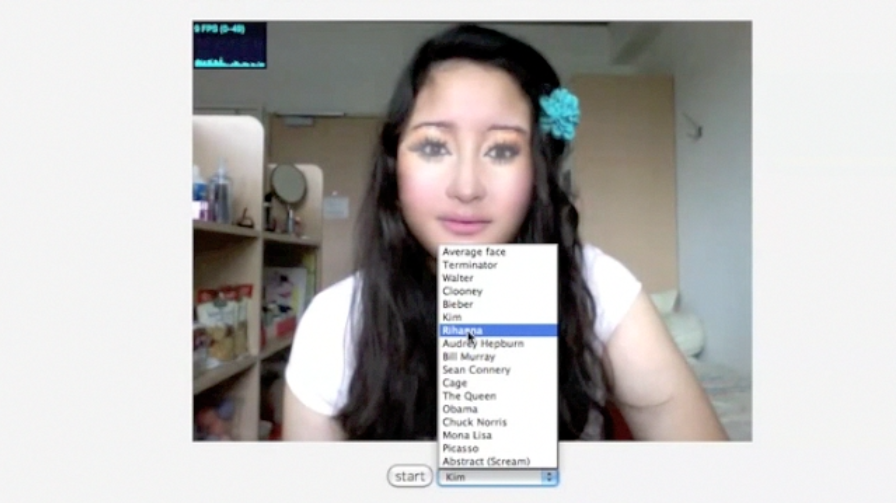Desktop theatre eliminated distance between performer and audience as performance practices that unfold not in physical or proximal environments but online, in purpose-built platforms or appropriated virtual environments and worlds. Distance is no longer a challenge nor a contributing factor in groups of people being able to create their own art and share it with one another as technology progresses and allows more people than ever before to do so. Technology has made art and theatre more accessible to many – we don’t even have to be at the same place at the same time to enjoy the art piece and performance.
You don’t need to go to a theatre.
You don’t need a ticket or reservations.
All you need to do is watch it on your own screen to be a part of it.– Randall Packer
In a sense, the core idea of Adrienne Jenik’s Desktop Theatre piece was to give access to art to whoever has a computer as opposed to those having a ticket or invitation to watch a particular performance. Thus, art is not restricted to the art community and is not taking place in a serious theatre or gallery setting.
The performance itself was quite intense, it was just unbelievably chaotic; as each performer is typing, they’re also talking into a microphone and that was amplified as well as the sound from the six versions of the game all going at the same time. It was all really chaotic but also quite wonderful and absurd.
– Joseph DeLappe
It provides the audience with room for exploration and interaction and ultimately is at the core of OSS; where knowledge and material can be shared and enjoyed by many with limited restrictions on the world wide web. It could be said to be like a sort of “open source theatre” as it breaks the boundaries of geographical location, demographics and many other factors associated with traditional theatre and therefore, brings theatre down to a “personal” and less formal manner fostering interaction between one another as text becomes the integral part of the performance.
– in all of these projects I’d look at these game spaces as a new type of public space. And you can think of this as a kind of online street theatre, or protest. It was very interesting to be having my work questioned and being engaged in these dialogues through emails and through the comments at the end of these various articles and such, and actually deciding then to engage in more text-based dialogue and communication and debate as a result of reactions to my intervention.
– Joseph DeLappe
In traditional theatre, there is dialogue, action and improvisation; these factors contributes to a lack of interaction between performer and audience. Hence, when the tables are turned and the work becomes a digital performance in which the audience are represented by avatars we have little to no control over, they possesses the power plays an integral role in influencing a particular performance. In the new immersive online environment, the keyboard becomes a device to facilitate communication with each other in the performance.
